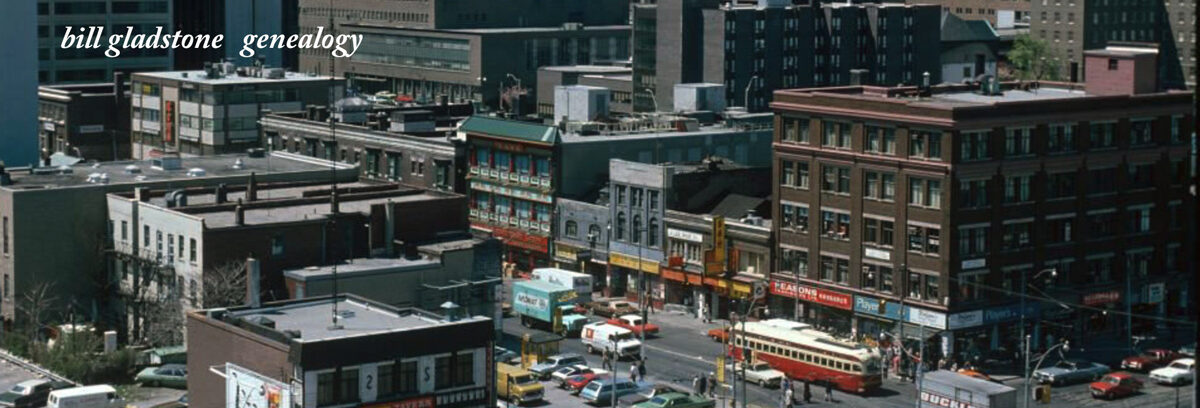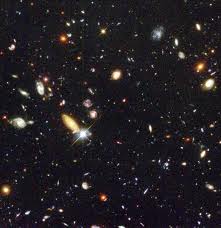 Regarded by many as one of America’s greatest scientific accomplishments, the 18-year-old Hubble Space Telescope has added immensely to our cosmological knowledge and has changed our conception of the universe. The Universe in A Mirror, a new book by American science writer Robert Zimmerman, offers a history of the epoch-making telescope as well as fascinating descriptions of its most enthralling discoveries.
Regarded by many as one of America’s greatest scientific accomplishments, the 18-year-old Hubble Space Telescope has added immensely to our cosmological knowledge and has changed our conception of the universe. The Universe in A Mirror, a new book by American science writer Robert Zimmerman, offers a history of the epoch-making telescope as well as fascinating descriptions of its most enthralling discoveries.
The star Eta Carinae was first observed in the 1830s by astronomer John Herschel, who noted a sudden increase in luminosity; for a brief time it became one of the brightest objects in the sky, then dimmed again. In subsequent years the star acquired a luminous and growing halo that scientists could not fathom. Herschel and the generations of earthbound astronomers who came after him could not get a clear enough image of the star — a supernova — to understand what was happening to it.
Eta Carinae was one of Hubble’s earliest capture images and helped to inaugurate the new age in astronomy and cosmology that NASA’s orbiting telescope represented. As seen from the Hubble, each detail of Eta Carinae’s widening double lobe became visible — an aura that scientists now estimate is expanding at a rate of about 1.5 million miles per hour. “With this image, it was eminently clear that for the first time, the human race had put on a pair of good eyeglasses and could finally see the heavens as they really are,” Zimmerman writes.
As humanity’s first space-based telescope, the Hubble space telescope does not see the heavens “through a glass darkly” — that is, through the distorting filter of earth’s atmosphere. From its orbit above the earth, it has gained the sharpest and most magnified views of the universe we have yet been able to achieve.
Its huge mirror was polished with such precision that a person using the telescope could theoretically distinguish the difference between a dime and a silver dollar from a distance of 40 miles. Furthermore, it is sensitive enough to pick up light of the 30th magnitude, six billion times dimmer than the human eye can perceive. “After eons of peering at the sky through foggy glasses and seeing only a blur, the human race was about to get its first unblunted view of heaven,” Zimmerman explains of the mood as the Hubble was first launched.
In 1995, a scientist trained Hubble’s lens on a tiny dark spot in the celestial heavens: a patch of sky smaller than a tenth of your thumbnail when held at arm’s length. This speck of the cosmos seemed not much larger in area than a grain of sand, yet scientists were amazed at what it contained. For a period of 10 days the telescope focused on this dark spot for a series of long-exposure photographs in ultraviolet, optical and infrared light.
What it found was a dense sprinkling of more than 3,000 strangely-shaped galaxies, some at the most distant reaches of the universe more than 13 billion light-years away. This first “deep field” observation from Hubble generated intense discussion among cosmologists and hundreds of scientific papers about the early evolution of galaxies and the “baby boom” of star formation that supposedly occurred in the universe’s infancy.
“Before Hubble,” Zimmerman explains, “this early universe had been inaccessible. Now the scientists could reach out and at least get a glimpse of these distant and faint objects and how their evolution over time produced the galaxies we see today in the local universe.”
In a wonderful chapter titled “New Phenomena Not Yet Imagined,” Zimmerman describes these and many other very distant objects that have revolutionized our understanding of the cosmos. The Hubble has given us much better views of supernovae such as Eta Carinae, as well as quasars, cepheids, black holes, brown dwarfs and other astronomical formations. Many are reproduced in the book’s colour plates.
A spectacular image of the Eagle Nebula shows towering pillars of gas being illuminated and reduced by the radiation of a nearby star. Images of the Orion Nebula show strange spherical blobs of matter called “proplyds,” for proto-planetary disks. When first pinpointed, proplyds helped support the theory that planetary formation is common throughout the universe. Many extrasolar planets were subsequently discovered using other types of telescopes.
Cosmologists have determined that the universe is about 14 billion years old, that it had a moment of creation, and that it is expanding. Hubble observations indicate that the rate of expansion is accelerating. Astronomers hypothesize the existence of unknown quantities of “dark energy,” repulsing the effects of gravity over large distances, to explain the acceleration.
The chapters describing Hubble’s history, bureaucratic turf wars and technological troubles — such as a short-sighted lens, later corrected — are interesting but do not arouse the sort of fascination that comes with the descriptions of extraterrestrial phenomena that we have been privileged to view as a result of this crowning achievement of the space age.
A space shuttle mission had been scheduled to visit the Hubble this month to provide much-needed repairs that would have extended its life for another five years at least. However, the mission was postponed after the telescope suddenly went black in late September due to a computer malfunction. NASA is planning a new repair mission to give the telescope a second life before its inevitable fall from orbit and disintegration into dust.
Since the Hubble has given us an unprecedented and extraordinary view of the “heavens as they really are,” some readers may feel an increased sense of awe and reverence towards the “Yotzer Ha’Ma’orot” — “the One who fashions the luminaries” — that we refer to in our prayers.
The Universe In A Mirror: the Saga of the Hubble Space Telescope and the Visionaries Who Built It, by Robert Zimmerman, is published by Princeton University Press. ♦
© 2008






